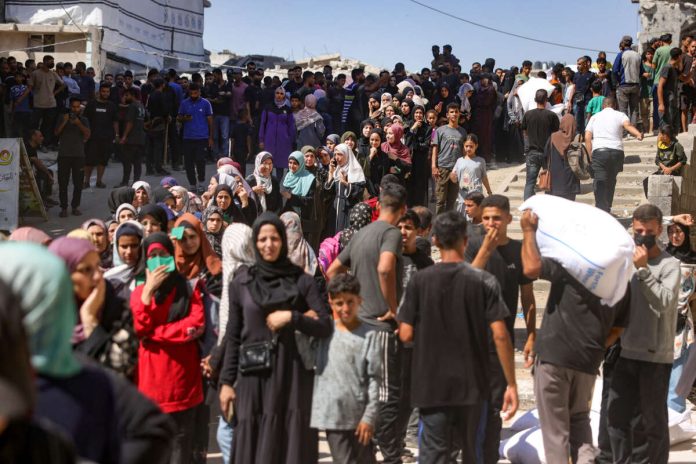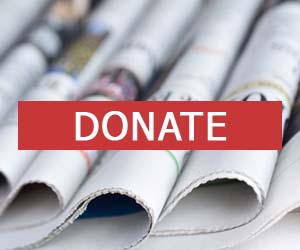In the fictional world of Netflix’s Squid Game, contestants fight for survival in a twisted game of “Red Light, Green Light.” In Gaza, that nightmarish scenario has become a deadly reality—but without consent, entertainment, or escape. Here, the players are not criminals. They are innocent, starving civilians. And the sniper isn’t a doll—it’s the Israeli military, aided by a system of militarised aid and international silence.
For several weeks, Palestinians have been compelled into a harrowing routine at pre-assigned food distribution sites. Every night, thousands gather in desperation, hoping to secure basic rations—flour, beans, or canned goods. At 4 a.m., Israeli drones flash a green light—the signal that aid is being dispensed. Within minutes, the light turns red. And then come the bullets.
According to Gaza health officials, more than 600 civilians have been killed and over 4,000 injured during these so-called aid distributions. These deaths are not occurring on active battlefields—but in the act of reaching for food. Victims are being shot in the chest, head, and throat. Aid workers now prepare for these missions like war medics—triage zones are set up, paramedics stationed in anticipation of mass casualties. In Gaza, hunger itself has become a battlefield.
This humanitarian catastrophe is rooted in the creation of the Gaza Humanitarian Foundation (GHF), a distribution network formed in May 2024, replacing the UN’s impartial aid system. Backed by Israel and the United States, GHF funnels limited aid through only four militarised zones—all within red-designated combat areas. Israeli forces and U.S. military contractors control these zones. The personnel managing aid have no humanitarian background. The former director of GHF even resigned, declaring the system incompatible with humanitarian principles of neutrality, independence, impartiality, and humanity.
The outcome is a disturbing blend of starvation and militarised control—an orchestrated cruelty that transforms aid-seeking into a deadly gamble.
International law is clear. Under Article 23 of the Fourth Geneva Convention, civilians are guaranteed access to essential supplies during conflict. Yet, in Gaza, not only is Israel obstructing the entry of adequate aid—allowing in only a small fraction of the required 600 trucks per day—it is also weaponising aid distribution, turning humanitarian zones into zones of death.
Israeli authorities justify these killings as responses to “threats” or attempts to manage “chaos.” However, testimonies from Israeli soldiers published in Haaretz reveal that troops are ordered to fire directly into crowds, fully aware they are targeting unarmed civilians. What kind of nation shoots people carrying bags of flour?
This is not just siege warfare—it is starvation as strategy, terror as policy, and humanitarian aid turned into performance violence. It’s a grotesque reality TV horror show—but it’s not on Netflix. It’s being livestreamed via drone footage, rifle scopes, and desperate cries from the rubble of Gaza.
And the world watches. Silently.
India, once a firm supporter of Palestinian self-determination, must not remain a passive spectator. The time has come to rise above diplomacy and demand action—the reinstatement of UN-led aid operations, an end to militarised aid, and a transparent, international investigation into the mass killings of aid seekers.
This isn’t dystopian fiction. It’s Gaza in 2025—where survival means surviving a sniper’s bullet just for a bag of flour.
How many more must fall before the world stops watching and starts acting?
This article is a rewritten and adapted version of the original piece authored by Shariq Us Sabah, which was first published in Countercurrents on July 2, 2025. Shariq Us Sabah is a noted writer and researcher focusing on international law, Middle Eastern conflicts, and human rights.




